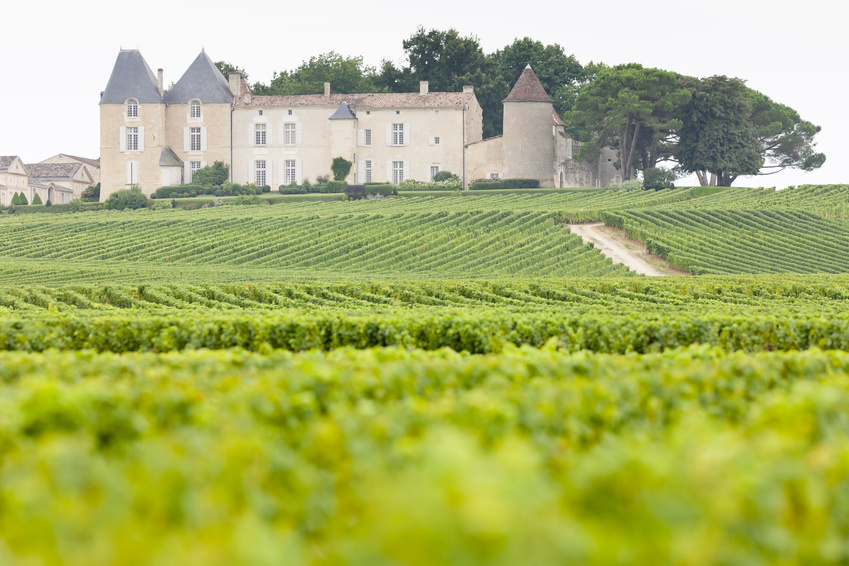Sauternes are usually produced mainly from the grape Semillon, accordingly, about 80% of the vineyards are planted with this variety. Sauvignon Blanc is the dominant variety in only a few wines. Semillon provides the basis of the Sauternes with its good structure and fullness, while Sauvignon Blanc, sometimes together with Sauvignon Gris, brings spicy and floral notes, citrus aromas and an appealing acidity. All this creates wines that are sweet and yet fresh . Sometimes Muscadelle has been added, which contributes still more to the complexity of Sauternes. All used varieties are very susceptible to botrytis.

The appellation rules specify among other planting density, pruning and the yield. However, the maximum permitted quantity of 25 hectoliters per hectare is usually not even reached in half. In addition, a minimum must weight of 221g of sugar per liter set and, above all, that in the harvested overripe grapes noble rot must be present. However, if the year is bad and the grapes have too little sugar, cryo-extraction is allowed. The grapes are frozen before pressing in order to concentrate the must. The process of cryo-extraction is more or less the imitation of the process that naturally occurs in ice wine production.
Since the grape varieties are not all attacked by Botrytis at the same time and the time of the attack may vary from location to location, the harvest extends over several weeks with several passes. At least three passes are required – that is why one speaks of the triage – but sometimes six or more passes are needed to harvest the berries affected by botrytis. The grapes are will be pressed gently. The fermentation in the steel tank or even barrique, if it does not stop itself, is interrupted by the addition of sulfur dioxide or by filtering off the yeast. The wine is then aged for one and a half to three years in small wooden barrels.